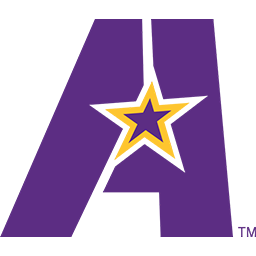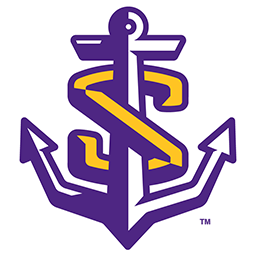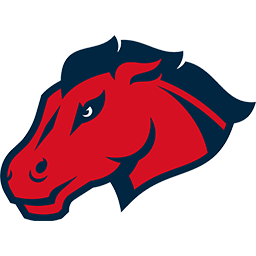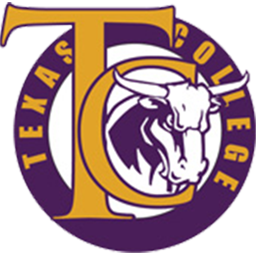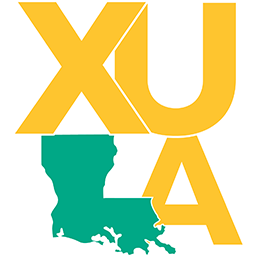RRAC Concussion Management Policy
RRAC CONCUSSION MANAGEMENT POLICY
A RRAC member institution shall have a concussion management plan for its student-athletes. The plan shall include components of education, assessment, treatment and return to play (RTP). The following list is not meant to be comprehensive but outlines minimal requirements for institutions.
- An annual process that ensures student-athletes are educated about the signs and symptoms of concussions. Student-athletes must acknowledge that they have received information about the signs and symptoms of concussions and that they have a responsibility to report concussion-related injuries and illnesses to a medical staff member;
- A process that ensures a student-athlete who exhibits signs, symptoms or behaviors consistent with a concussion shall be removed from athletics activities (e.g., competition, practice, conditioning sessions) and evaluated by a medical staff member (e.g., sports medicine staff, team physician) with experience in the evaluation and management of concussions;
- A policy that precludes a student-athlete diagnosed with a concussion from returning to athletics activity (e.g., competition, practice, conditioning sessions) for at least the remainder of that calendar day; and
- A policy that requires medical clearance for a student-athlete diagnosed with a concussion to return to the athletics activity (e.g., competition, practice, conditioning sessions) as determined by a physician (e.g., team physician) or the physician’s designee.
An institutional Concussion Management Protocol shall be submitted and on file with the Commissioner’s Office. The protocol shall be consistent with the NCAA guidelines and shall include:
- Policies and procedures that meet the requirements of RRAC Bylaw Section 30;
- Procedures for pre-participation baseline testing of each student-athlete is highly encouraged;
- Procedures for reducing exposure to head injuries;
- Procedures for education about concussion, including a policy that addresses return-to-learn;
- Procedures to ensure that proper and appropriate concussion management, consistent with best known practices, is made available to any student-athlete who has suffered a concussion;
- Procedures requiring that the process of identifying, removing from game or practice, and assessing a student-athlete for a possible concussion are reviewed annually; and
- A written certificate of compliance signed by the institution’s athletics director.

